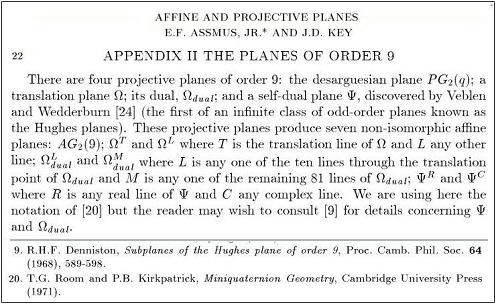On Beauty
“Something beautiful fills the mind yet invites the search for something beyond itself, something larger or something of the same scale with which it needs to be brought into relation. Beauty, according to its critics, causes us to gape and suspend all thought. This complaint is manifestly true: Odysseus does stand marveling before the palm; Odysseus is similarly incapacitated in front of Nausicaa; and Odysseus will soon, in Book 7, stand ‘gazing,’ in much the same way, at the season-immune orchards of King Alcinous, the pears, apples, and figs that bud on one branch while ripening on another, so that never during the cycling year do they cease to be in flower and in fruit. But simultaneously what is beautiful prompts the mind to move chronologically back in the search for precedents and parallels, to move forward into new acts of creation, to move conceptually over, to bring things into relation, and does all this with a kind of urgency as though one’s life depended on it.”

The above symbol of Apollo suggests, in accordance with Scarry’s remarks, larger structures. Two obvious structures are the affine 4-space over GF(3), with 81 points, and the affine plane over GF(32), also with 81 points. Less obvious are some related projective structures. Joseph Malkevitch has discussed the standard method of constructing GF(32) and the affine plane over that field, with 81 points, then constructing the related Desarguesian projective plane of order 9, with

Miniquaternion geometry: An introduction to the study of projective planes, by T. G. Room and P. B. Kirkpatrick. Cambridge Tracts in Mathematics and Mathematical Physics, No. 60. Cambridge University Press, London, 1971. viii+176 pp.
For “miniquaternions” of a different sort, see my entry on Visible Mathematics for Hamilton’s birthday last year:
